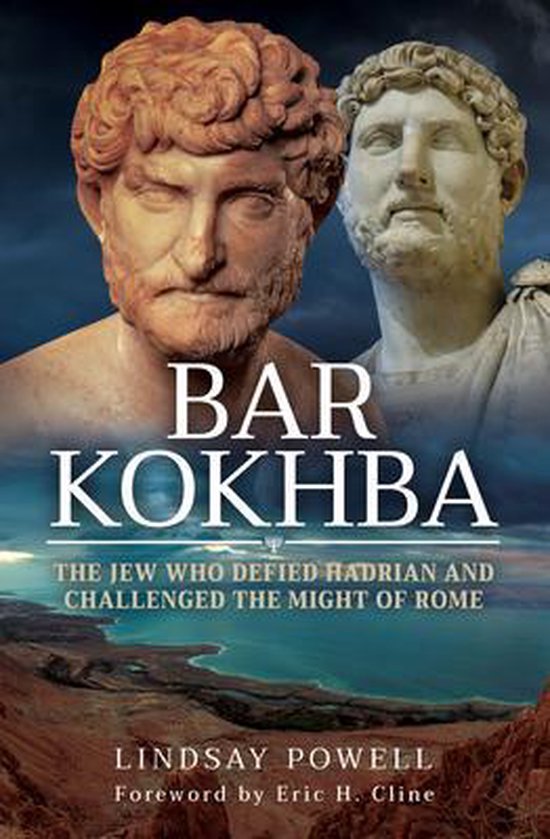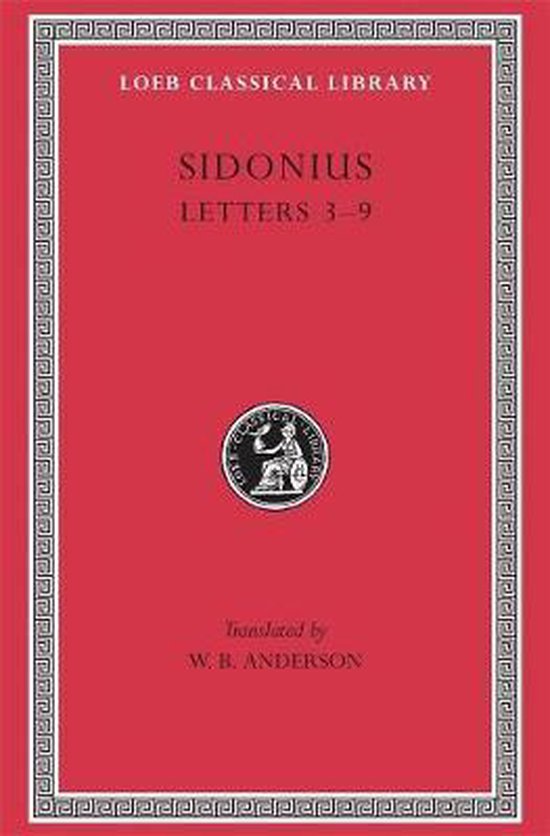
Bar Kokhba
The outcome of a brutal war, which took place 1,885 years ago, continues to reverberate in the Near East today. It is a tale largely unknown outside Israel, and yet it helps explain why the region continues to be engulfed by strife. As a historian I learned about the Bar Kokhba War, but the explanations for why and how it happened seemed confused, said historian and author Lindsay Powell. As with King Arthur, fact and myth have become muddled. To establish the truth, I travelled across three continents. BAR KOKHBA: The Jew Who Defied Hadrian and Challenged the Might of Rome is the result. This amazing and consequential story involves an epic struggle between the two strong-willed leaders over who would rule a nation. One protagonist was Hadrian, the cosmopolitan ruler of the vast Roman Empire, then at its zenith, who some regarded as divine. He is best known today for the famous wall he built in northern Britain. The other was Shim'on, a Jewish military leader in a district of a minor province; some believed him to be the 'King Messiah' after sage Rabbi Akiba allegedly saw him fulfilling biblical prophecy and named him 'Bar Kokhba' ('Son of a Star'). It is also the tale of the clash of two ancient cultures. One was the conqueror, seeking to maintain control of its hard-won dominion they called Judaea; the other was the conquered, seeking to break free and establish a new nation. Shim'on called his new country Israel. Several causes for the war have been suggested, such as bans on circumcision or studying Torah which Powell evaluates in his book. Most likely it was the decision by Hadrian to rebuild then ruined Jerusalem as a pagan city for retired Roman soldiers. He called it Aelia Capitolina after his own family and the triad of Roman gods whose shrine may have been erected over the remains of the Second Temple. It may or may not have been Hadrian's intention, but the Jews took it as a direct insult. During the ensuing conflict - called the 'Second Jewish War' (AD 132-136) - the highly motivated Jewish militia sorely tested the highly trained - and normally invincible - professional Roman army. Powell said: Amazingly, the Jewish rebels withstood the Roman onslaught for three-and-a-half years. They established an independent nation with its own administration led by Shim'on as its president (nasi). They minted their own coins by overstriking Roman coins with Jewish iconography, cheerfully obliterating the image of the emperor and pagan gods with every strike of the hammer. Found in caves in the Judaean Desert in the 1950s and 1960s, letters from Shim'on to his lieutenants survive revealing how deeply involved he was in day-to-day actions, and his increasing frustration with their laziness. For reasons Powell explains in his book, the Jews ultimately lost. In retribution, Hadrian expelled the Jews from Judea and barred them from entering Aelia Capitolina and its holy sites. He even changed the name of the Roman province to Syria Palaestina - the origin of Palestine. The outcome of that David and Goliath contest was of great consequence, both for the people of Judaea and for Judaism itself, said Powell. Centuries of bloodshed followed. In death, Bar Kokhba became a legend. Over the ages, this flawed rebel with a cause become a hero for the increasingly persecuted Jews in the Diaspora longing to found a new Jewish homeland. Across Europe in the early twentieth century, there were athletic teams competing in sports events under the moniker 'Bar Kochba' as part of a movement to create the image of the 'Muscular Jew'. The last games were held in Berlin in 1936, just two years before Kristallnacht. Eric H. Cline, Professor of Classical and Ancient Near Eastern Studies and Anthropology, George Washington University, writes in the foreword of the book: There are a very limited number of people whose life, and death, still impact other centuries after they have shuffled off this mortal coil. There are fewer still who inspire entire movements, and migrations, such as the return to what is now modern Israel by the Zionists, after that same length of time. In the interwar years in Palestine, armed Jewish resistance groups championed Bar Kokhba as a figure of inspiration in their own struggle against the British and Palestinian Arabs to establish a new State of Israel; it finally came into being in 1948. Today modern Israelis still celebrate Bar Kokhba with bonfires and songs on the annual Lag B'Omer holiday. In researching his book, Powell went on a journey stretching from Hollywood to London, Jerusalem to Tel Aviv and Caesarea, and Herodium to Ein Gedi. He drew upon archaeology, art, coins, inscriptions, militaria, as well as secular and religious documents, to produce a compelling and complete account of the people and events at a crucial time in world history. Commenting on the new book, Cline said: Let it be said that Powell's researches have resulted in an enthralling journey through history. It is a marvelous search for the man behind the myth, which is well worth reading. I hope that you enjoy it as much as I did.
| Auteur | | Lindsay Powell |
| Taal | | Engels |
| Type | | Hardcover |
| Categorie | | Geschiedenis |



